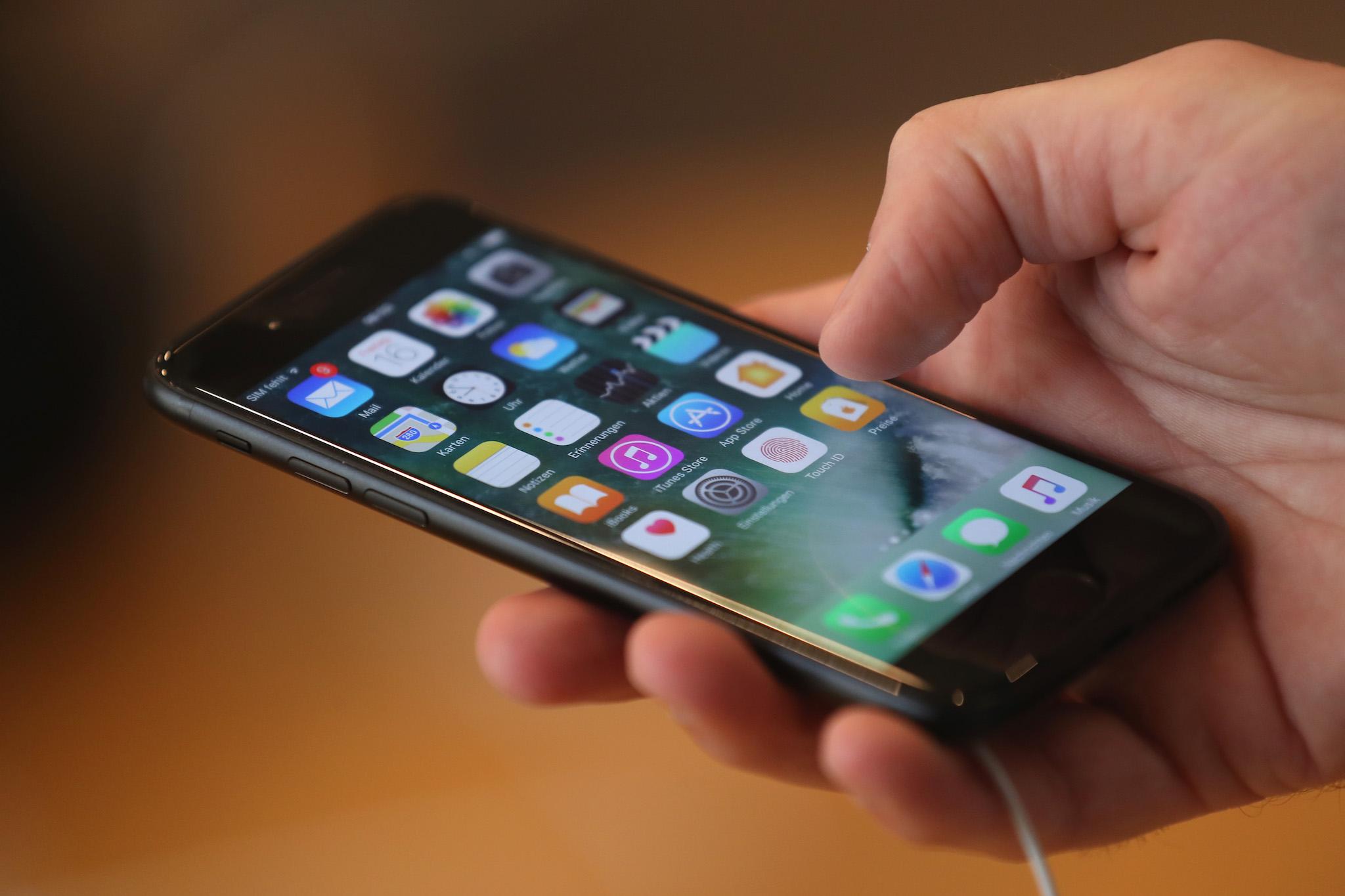iPhone 8 could include special technology for hiding fingerprint sensor under display, patent suggests
It's almost certain that Apple will release a phone with a screen that makes up the entire front of the phone. But it's a lot less clear how exactly that will work

Your support helps us to tell the story
From reproductive rights to climate change to Big Tech, The Independent is on the ground when the story is developing. Whether it's investigating the financials of Elon Musk's pro-Trump PAC or producing our latest documentary, 'The A Word', which shines a light on the American women fighting for reproductive rights, we know how important it is to parse out the facts from the messaging.
At such a critical moment in US history, we need reporters on the ground. Your donation allows us to keep sending journalists to speak to both sides of the story.
The Independent is trusted by Americans across the entire political spectrum. And unlike many other quality news outlets, we choose not to lock Americans out of our reporting and analysis with paywalls. We believe quality journalism should be available to everyone, paid for by those who can afford it.
Your support makes all the difference.Apple is preparing to completely redevelop its fingerprint sensor to feature in a new iPhone, according to patent filings.
The rumoured development is probably a way of having the technology fit into its next handset, mostly referred to as the iPhone 8. Because that phone is likely to bring with it an entirely new design – and a range of never-before-seen features – some of the most central parts of the phone will have to be re-designed.
Apple is planning on making the display of the new phone reach all the way across the front of the handset, according to rumours, doing away with the black or white plastic that has surrounded the screen in some form since the very first iPhone.
If Apple does do that, it will have no space for the home button that has also been a central part of every iPhone. Until the new handset was released, every phone featured a button on the front – with the iPhone 7, that stopped being an actual button but simulated one through vibrations, but kept its iconic place at the bottom of the phone.
For years, that button has also contained the fingerprint sensor that has let people get access to the phone quickly and securely. That sensor has become central to the entire operating system – allowing people to authenticate payments and other things, as well as becoming the primary way of getting into the handset.
The home screen on the latest version of iOS was even entirely re-designed around the new button, with the expectation that people would use their fingerprint to get into it.
Instead of keeping that button, Apple is developing special technology that would allow it to be placed underneath the screen – allowing the display to take up the whole front, but keeping the button that is so central to using iOS.
Some examples of how to do that "use a micro light emitting diode (LED) in an active matrix display to emit light and a sensing IR diode to sense light", according to the patent. That wold mean that the screen could actually see the finger that was being pressed onto it, reading the fingerprint as it did so and checking whether it was the right one.
That would work better than some other, similar features, the patent notes. Most require two separate pieces of technology – the bit that displays light and the bit that looks out for it – stuck together, adding extra space and constraining the design.
The patent actually renews a similar filing first submitted by micro-LED display company LuxVue in 2014. But the new filing re-assigns that to Apple – apparently as part of work it is doing on that technology.
The new iPhone – which is expected to be numbered 8 but might also be called X, and will probably launch alongside another, less premium handset – has been rumoured to bring with it a range of features alongside its new display size. Those include special screen technologies, wireless charging and sensors that might be able to see the face of the person using it and help with augmented reality.
Join our commenting forum
Join thought-provoking conversations, follow other Independent readers and see their replies
Comments